Warime Piaroa: Four Performances in One Rite
DOI:
https://doi.org/10.22380/2539472X.803Abstract
Warime is a form of yuruparí celebrated by the Piaroas of the Venezuelan and Colombian Orinoquia. During its performance, there are four scenarios of musical communication, two dialogues and two monologues. We observe that the profane dialogues coincide in the midst of sacred monologues, the sacred songs of rigid structure are answered by profane chants of personalized contents. We conclude that the profane songs in response to the sacred songs are the humanization of the relationship and that the dialogue meetings are possible where there is equity without danger, whereas the monologues occur where communication is highly hierarchized.
Downloads
References
Anduze, Pablo. 1974. Dearuwa: los dueños de la selva, vol. XVIII. Caracas: Biblioteca de la Academia de Ciencias Físicas, Matemáticas y Naturales.
Arnhem, Kaj. 1981. Makuna Social Organization. A Study in Descent, Alliance and the Formation of Corporate Groups in the North-Western Amazon. Uppsala Studies in Cultural Anthropology 4. Uppsala: Acta Universitatis Upsaliensis.
Boglar, Lajos. 1971. “Chieftainship and the Religious Leader: A Venezuelan Example”. Acta Ethnographica 20 (3-4): 331-337.
—. 1976. “Creative Process in Ritual Art: Venezuela”. En The Realm of the Extrahuman, editado por Agehanada Bharati, 347-353. La Haya: Mouton Publishers.
—. 1999. “Warime: el poder de las máscaras”. En Orinoco-Parima. Comunidades indígenas de Venezuela, editado por Juan Luis Delmont, 162-187. Colección Cisneros. Ostfildem-Ruit: Hatje Cantz Verlag.
Brabec de Mori, Bernd, Matthias Lewy y Miguel A. García, eds. 2017. Sudamérica y sus mundos audibles. Cosmologías y prácticas sonoras de los pueblos indígenas. Berlín: Ibero Amerikanisches Institut PreuBischer Kulturbesitz.
Chiappino, Jean. 1993. Warime 89. Fete des masques dans une communauté Wotjuja. Documento audiovisual. París: IRD.
De la Hoz, Nelsa. 2015. “Ukuo and Tabotu between the Piaroa of the Mataven Rainforest in the Colombian Orinoquia”. Tipiti, Journal of the Society for the Anthropology of Lowland South América 13 (2): 151-161. http://digitalcommons.trinity.edu/tipiti/vol13/iss2/11.
Del Rey Fajardo, José (S. J.). 2010. “El ‘mirray’ o la cultura del contacto en los llanos colombo venezolanos”. Cuadernos Unimetanos 21: 4-8.
Gheerbrant, Alain. 1953. L’Expedition Orénoque-Amazone. París: Gallimard.
Goldman, Irving. 1948. “Tribes of the Vaupés-Caquetá Region”. En Handbook of South American Indians, vol. III, editado por Julian Steward, 763-798. Washington: Smithsonian Institute.
González, Omar. 1986. “Sexualidad y rituales de iniciación entre los indígenas warekena del río Guainía-Río Negro. TFA”. Montalbán 17: 103-138.
Goulard, Jean Pierre y Dimitri Karadimas, eds. 2011. Masques des hommes, visages des dieux. París: CNRS Editions.
Gumilla, Joseph. 1988. El Orinoco ilustrado y defendido, historia natural, civil, y geographica de este gran rio, y de sus caudalosas vertientes. Gobierno, usos, y costumbres de los indios sus habitadores, con nuevas y útiles noticias de Animales, Arboles, Frutos, Aceytes, Yervas y Raices Medicinales; y fobre todo fe hallaran converfiones muy fingulares a N. Santa Fé y cafos de mucha edificación. Valencia: Generalitat Valenciana.
Hill, Jonathan. 1993. Keepers of the Sacred Chants: The Poetics of Ritual Power in an Amazonian Society. Tucson: University of Arizona Press.
Hill, Jonathan D. y Jean Pierre Chaumeil, eds. 2011. Burst of Breath. Indigenous Ritual Wind Instruments in Lowland South America. Lincoln. Londres: University of Nebraska Press. Hugh-Jones, Stephen. 1979. The Palm and the Pleiades. Cambridge: Cambridge University Press.
Jackson, Jean. 1983. The Fish People. Linguistic, Exogamy and Tukanoan Identity in Northwest Amazonia. Cambridge: Cambridge University Press.
Lowie, Robert. 1948. “The Tropical Forests. An Introduction”. En Handbook of South American Indians, vol. III, editado por Julian Steward, 1-56. Washington: Smithsonian Institute.
Mansutti, Alexander. 1990. Los piaroa y su territorio. Caracas: Cuadernos de Trabajo del Ceviap.
—. 2002. “Le parcours des créatures de Wajari: Socialisation du milieu naturel, système régional et migrations chez les Piaroa du Venezuela”. Tesis doctoral, EHESS, París.
—. 2003. “Recreación de la ancestralidad y actualización de la recreación: la representación fecundadora y el Warime”. Ponencia presentada en el Seminario Image, Performance and Representation in Shamanistic American Societies, St. Andrews University, Escocia, 30 de enero al 2 de febrero.
—. 2006. Warime: la fiesta. Flautas, trompas y poder en el Orinoco. Ciudad Guayana: Fondo Editorial UNEG.
—. 2011a. “Flutes in the Warime: Musical Voices in the Piaroa World”. En Burst of Breath. Indigenous Ritual Wind Instruments in Lowland South America, editado por Jonathan D. Hill y Jean Pierre Chaumeil: 147-170. Lincoln; Londres: University of Nebraska Press.
—. 2011b. “Les masques des pouvoirs: le warime piaroa”. En Masques des hommes, visages des dieux, editado por Jean-Pierre Goulard y Dimitri Karadimas: 155-181. París: CNRS Editions.
—. 2012. “Yuruparí: máscaras y poder entre los piaroas del Orinoco”. Espaco Ameríndio 6: 46-75.
Mansutti, Alexander y Noël Bonneuil. 1994-1996. “Dispersión y asentamiento interfluvial llanero: dos razones de sobrevivencia étnica en el Orinoco Medio del post-contacto”. Antropológica 84: 43-71.
Metraux, Alfred. 1982. Les indiens de l’Amérique du Sud. París: Editions A. M. Métailié.
Monod, Jean. 1970. “Los piaroa y lo invisible: ejercicio preliminar de un estudio sobre la religión piaroa”. Boletín Informativo de Antropología VII: 5-21.
—. 1972. Un riche cannibale. París: Union Generale d’Editions.
—. 1987. Worá, la deesse cachée. París: Les Éditeurs Évidant.
Oldham, Paul. 1996. “The Impacts of Development and Indigenous Responses among the Piaroa of the Venezuelan Amazon”. Tesis doctoral, London School of Economics and Political Science, Londres.
Overing, Joanna. 1975. The Piaroa: A People of the Orinoco Basin. A Study on Kinship and Marriage. Oxford: Clarendon Press.
Pérez, Antonio. 1988. “Los balé (baré)”. En Los aborígenes de Venezuela, vol. III, editado por Jacques Lizot, 413-478. Caracas: Fundación La Salle; Monte Ávila.
Reichel-Dolmatoff, Gerard. 1973. Desana. Le symbolisme universel des indiens tukano du Vaupés. París: Gallimard.
—. 1996. Yuruparí. Studies of an Amazonian Foundation Myth. Cambridge: University of Cambridge Press.
Vidal, Silvia. 2002. “Secret Religious Cults and Political Leadership: Multiethnic Confederacies from Northwestern Amazonia”. En Comparative Arawakan History: Rethinking Language Family and Culture Area in Amazonia, editado por Jonathan D. Hill y Fernando Santos Granero, 248-268. Chicago; Urbana: University of Illinois Press.
Wavrin, Marqués de. 1948. Les indiens sauvages de l’Amérique du Sud. Vie sociale. París: Payot.
Wilbert, Johannes. 1966. Indios de la región Orinoco-Ventuari. Caracas: Fundación La Salle de Ciencias Naturales.
Wright, Robin. 1998. Cosmos, Self and History in Baniwa Religion. For those Unborn. Austin: University of Texas Press.
—. 2002. “Prophetic Traditions among the Baniwa and other Arawakan Peoples of the Northwest Amazon”. En Jonathan D. Hill y Fernando Santos Granero, 269-293.
Zent, Stanford. 1992. “Historical and Ethnographic Ecology of the Upper Cuao River Wothiha: Clues for an Interpretation of Native Guianese Social Organization”. Tesis doctoral, Columbia University, Nueva York.




















